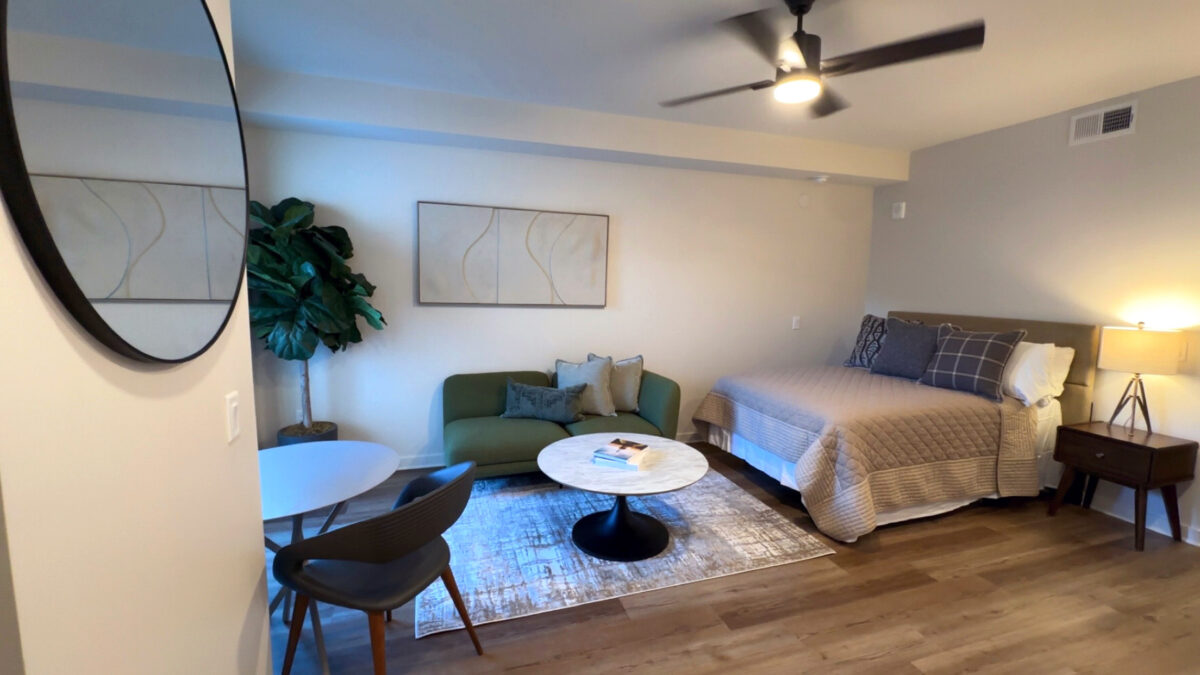Relocating for a job can be an expensive, complicated process. Luckily, most employers offer some form of compensation, including lump sum compensation. But if your employer offers you a lump sum relocation allowance, what does that mean? And how do you decide how to spend it? This guide will provide tips to understand what you’re getting and how to use it best!
What Is a Relocation Lump Sum?
A lump sum relocation package is one where your employer gives you a fixed amount of money as compensation for your relocation. A relocation lump sum is more straightforward for you and your employer – you don’t have to worry about waiting for reimbursement. Additionally, a lump sum can benefit you as an employee because it offers greater flexibility in how your relocation compensation can be spent.
What’s included in a typical relocation package?
If your employer offers a lump sum relocation package, it may include more than just the money to cover your relocation cost. In addition to payment, they may offer you:
- Professional moving services: Your employer may offer moving through a professional company separate from your lump sum payment, allowing you to spend that money elsewhere.
- Corporate housing: If your relocation to another city or state is temporary, your employer may offer corporate housing that you can use for the duration of your contract. If your relocation is permanent, they may provide temporary housing you can use while you look for a new apartment or home.
- Family relocation assistance: This could include services to help your spouse find a new job, new schools for your children, or even just advice about settling into your new location.
How Much Relocation Assistance Should I Ask For?
In most instances, your employer will offer a set relocation amount. However, some situations leave room for negotiation, or your manager may even request that you propose relocation compensation!
If you intend to ask for relocation assistance, consider the following when calculating how much to ask for:
1. Housing costs.
Determine the average cost of housing and whether it’s higher or lower than your current area. If you’ll sell or rent your current home, factor in those costs. And if you rent your home or apartment, be sure to consider any lease break fees.
2. Moving costs.
Calculate the costs associated with moving your belongings to the new location. These costs include hiring movers, shipping your car, and any travel expenses you may incur during the move.
3. Temporary housing.
If you need temporary housing while you search for a permanent residence, factor in the costs of short-term accommodation, including taxes and fees for hotels and short-term rentals.
4. Travel expenses.
Think about the travel expenses for you and your family, including flights, meals, and lodging during the relocation process. If you’ll be driving, factor in gas or the cost of shipping your vehicle(s).
5. Cost of living.
Some employers may offer a cost of living adjustment, or you might want to propose one. Research the cost of living in your new location compared to your current one to get a good understanding of how your costs could change. Take into account housing, transportation, groceries, and other daily expenses. This will help you estimate how much your overall living expenses might change.
How Do I Spend My Relocation Lump Sum?
Once you’ve agreed on a lump sum relocation amount, the next step is to actually spend it. Even if your payment is non-negotiable, creating a relocation expenses list based on the previously mentioned factors can help you anticipate what you may have to spend out of pocket.
Prioritize your spending.
Of the items on the relocation expenses list, which are absolutely essential and timely? These top few costs are the unavoidable ones you’ll likely need to take care of as soon as possible, like housing and transportation. Examples include plane tickets to get to your new location, hiring movers, or putting a deposit down on a new apartment if accommodation is not provided. These bare-bones necessities will get you to your destination with a place to live.
Determine how much is left after top priorities are covered.
How much do you have left after things like housing and travel are taken care of? Now, you can move on to secondary items, like furnishing your home if needed, and the miscellaneous expenses of moving, like pet care. Keep in mind that primary and secondary costs are totally personal and unique to your family.
Keep track of how much you’ve spent and how much remains.
A spreadsheet is a simple way to organize your costs. Track how much you’ve spent and how much remains of your lump sum, and update it continuously. If your employer requests receipts, take photos of them and upload them to a folder on your computer for easy tracking.
Consolidate costs when you can.
Tracking your spending takes a lot of effort, especially in the midst of a move. Try to consolidate your spending whenever possible. One way to do this is to furnish your home through CORT Furniture Rental! When you furnish your new space through CORT, you can build a package with everything you need to be move-in ready: from furniture to housewares like silverware, a coffee maker, and even linens. Just pack your clothes and toothbrush! Consolidating costs in this way can help simplify your move and allow you to focus on other, more important matters.
CORT Furniture Rental Can Simplify Your Relocation!
When your employer offers a lump sum payment for relocation costs, it can be overwhelming to decide how to spend it. CORT Furniture Rental can help you furnish your new space with classically styled furniture without the commitment of buying. From pre-built Move-In Ready packages to fully customizable options, CORT can help you find or create the package that fits your needs.
Whether you visit CORT online or at your local showroom, you can build your custom furniture package and set the delivery date that works for your relocation plans. Then, our team will deliver and set up your furniture so your new apartment is ready for you from the start. Set a pickup date when your rental period ends, and we’ll take care of the rest. Get started with CORT today!







